Commission explores passenger rail expansion benefits for WMass
| Published: 01-25-2023 8:09 PM |
GREENFIELD — As four commuter rail projects in various stages in the state’s western counties continue to advance, members of a new commission this week highlighted the connectivity and economic prosperity that they believe expanding passenger service will provide for the region.
“(A rail network) is a good thing for western Massachusetts that is a long time coming. And I think we’ll see (the investment) returned many times over,” said state Sen. Jo Comerford, a member of the Western Massachusetts Passenger Rail Commission, speaking at a public hearing Tuesday.
The commission was created by the Legislature to study and assess governance, operation and maintenance models for the potential expansion of passenger rail service in western and central Massachusetts. Commissioners assembled at the John W. Olver Transit Center to take testimony from the public in the second of six such meetings.
In addition to Comerford, other commissioners in attendance included Anne Gobi, D-Spencer, and Adam Gomez, D-Springfield, and state Reps. Natalie Blais, D-Deerfield, Lindsay Sabadosa, D-Northampton, Todd Smola, R-Warren, and Bud Williams, D-Springfield.
Tuesday’s public hearing started 15 minutes late because state Rep. William Straus, who chairs the commission with state Sen. Brendan Crighton, was delayed in getting to Greenfield from Mattapoisett, a trip he said “reminds us that Massachusetts is not as small as some people think.”
Kristen Elechko, U.S. Sen. Ed Markey’s regional director for western Massachusetts, started the public comments by reading a statement from Markey, U.S. Sen. Elizabeth Warren and U.S. Rep. Jim McGovern.
“Passenger rail is essential for a strong economy, clean environment and thriving workforce. Studies consistently show that expanding passenger rail improves mobility, enhances safety, promotes economic development, generates new jobs and helps protect the environment,” Elechko read. “Cities like Pittsfield and Springfield will be the crossroads for all the activity that will arise when we help connect our transportation systems to the Northeast.
“Every dollar invested in public transportation generates $4 in economic returns, and every billion dollars invested in public transportation supports and creates more than 50,000 jobs,” the statement continued. “Simply put, investing in passenger rail is one of the smartest, most economical choices we could make.”
Article continues after...
Yesterday's Most Read Articles
 Locking up carbon for good: Easthampton inventor’s CO2 removal system turns biomass into biochar
Locking up carbon for good: Easthampton inventor’s CO2 removal system turns biomass into biochar
 Northampton man will go to trial on first-degree murder charge after plea agreement talks break down
Northampton man will go to trial on first-degree murder charge after plea agreement talks break down
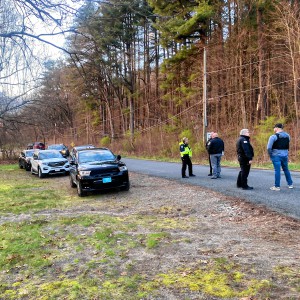 Police report details grisly crime scene in Greenfield
Police report details grisly crime scene in Greenfield
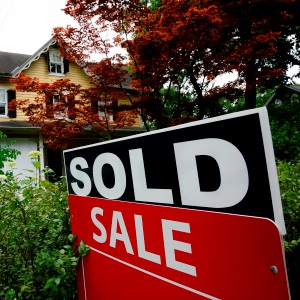 Area property deed transfers, April 25
Area property deed transfers, April 25
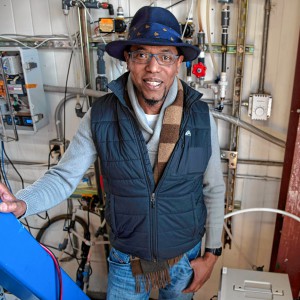 Advancing water treatment: UMass startup Elateq Inc. wins state grant to deploy new technology
Advancing water treatment: UMass startup Elateq Inc. wins state grant to deploy new technology
 Super defers Amherst middle school principal pick to successor; one finalist says decision is retaliation for lawsuit
Super defers Amherst middle school principal pick to successor; one finalist says decision is retaliation for lawsuit
There are four proposed rail projects in various stages within the four counties of western Massachusetts. They are:
■The Connecticut River Line, which carries the Vermonter and Valley Flyer trains and provides permanent north/south service between Springfield and East Northfield.
■The Berkshire Flyer that runs from the Berkshires to New York City.
■The proposed east-west rail line from Boston to Pittsfield, which the Massachusetts Department of Transportation is currently pursuing funding for rail upgrades.
■The Route 2 Northern Tier corridor from North Adams to Greenfield and Boston, currently in the feasibility study phase.
Joe Kurland, former chair of the Colrain Select Board, took to the podium to insist a rail network be designed for success. He explained this includes maximizing convenience and frequency of stops. He also said the service should be made attractive enough to convince people to opt for a train over taking their personal vehicle.
“I would love to be able to hop on a train and go to Boston,” he said. “But sometimes I need to hop on a train and just get to Athol. The more city-pairs we have, the more useful this is.”
Kurland mentioned it is equally important to inspire people in the Boston area to use the rail system to come to western Massachusetts and visit gems like Berkshire East Mountain Resort in Charlemont, the Clark Art Institute in Williamstown, and the Massachusetts Museum of Contemporary Art in North Adams.
“So how do we make it convenient for people from Boston to come to these places?” he said. “We need connectivity, [and] we need local transit to be able to get from the train station to all of these places that people want to go.”
Andrea Freeman, policy director at the Public Health Institute of Western Massachusetts, encouraged commissioners to consider aspects of public health when choosing an entity to create and oversee a rail system. She said her nonprofit examined health impact assessments for rail projects across the country and has identified at least four areas — affordability, accessibility, air quality, and station and crossing design — that are important to public health and health equity.
“A few dollars can tip the scale on what’s affordable for people living on tight budgets,” Freeman said, adding that the state Department of Transportation has traditionally measured public transportation success by how much money is collected from passengers.
“We see that as a poor measure of success, especially when the administrative cost to collect fares is often quite high. We want the entity overseeing (a western Massachusetts passenger rail) to measure success by transporting as many people as possible, as safely and efficiently as possible. And to that end, there should be an external monitoring system for ongoing improvements.”
Freeman also urged the engagement of the Pioneer Valley Air Quality Network to install monitors and report air-quality metrics for passenger rail service. Freeman said any overseeing entity should work closely with municipalities, regional planning commissions and regional transit authorities to create stations with safe access for pedestrians, cyclists, wheelchair users and bus riders, while reducing hazardous rail crossings.
Palmer resident Scarlet Lamothe attended the public hearing remotely and chimed in to say her father has worked since 1987 to get a passenger rail stop at Union Station in Palmer. She also suggested a future commission meeting be held there. Sen. Gobi, who has collaborated with Lamothe’s family for years, seconded that recommendation, saying it’s a great spot to watch a train “not stop, but go by.”
“We’d like to have it stop one day,” Gobi said.
Reach Domenic Poli at dpoli@recorder.com or 413-930-4120.
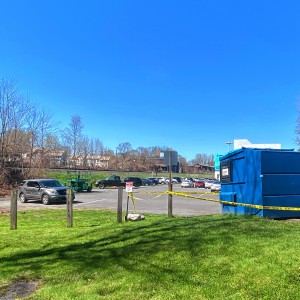 Authorities ID victim in Greenfield slaying
Authorities ID victim in Greenfield slaying 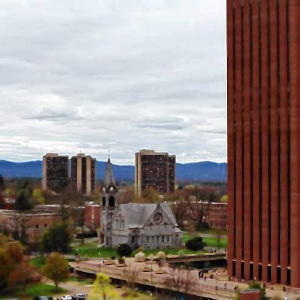 Federal probe targets UMass response to anti-Arab incidents
Federal probe targets UMass response to anti-Arab incidents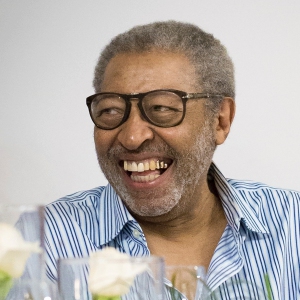 William Strickland, a longtime civil rights activist, scholar and friend of Malcolm X, has died
William Strickland, a longtime civil rights activist, scholar and friend of Malcolm X, has died
